Active Directory Journey Day Three - All about Users & Groups
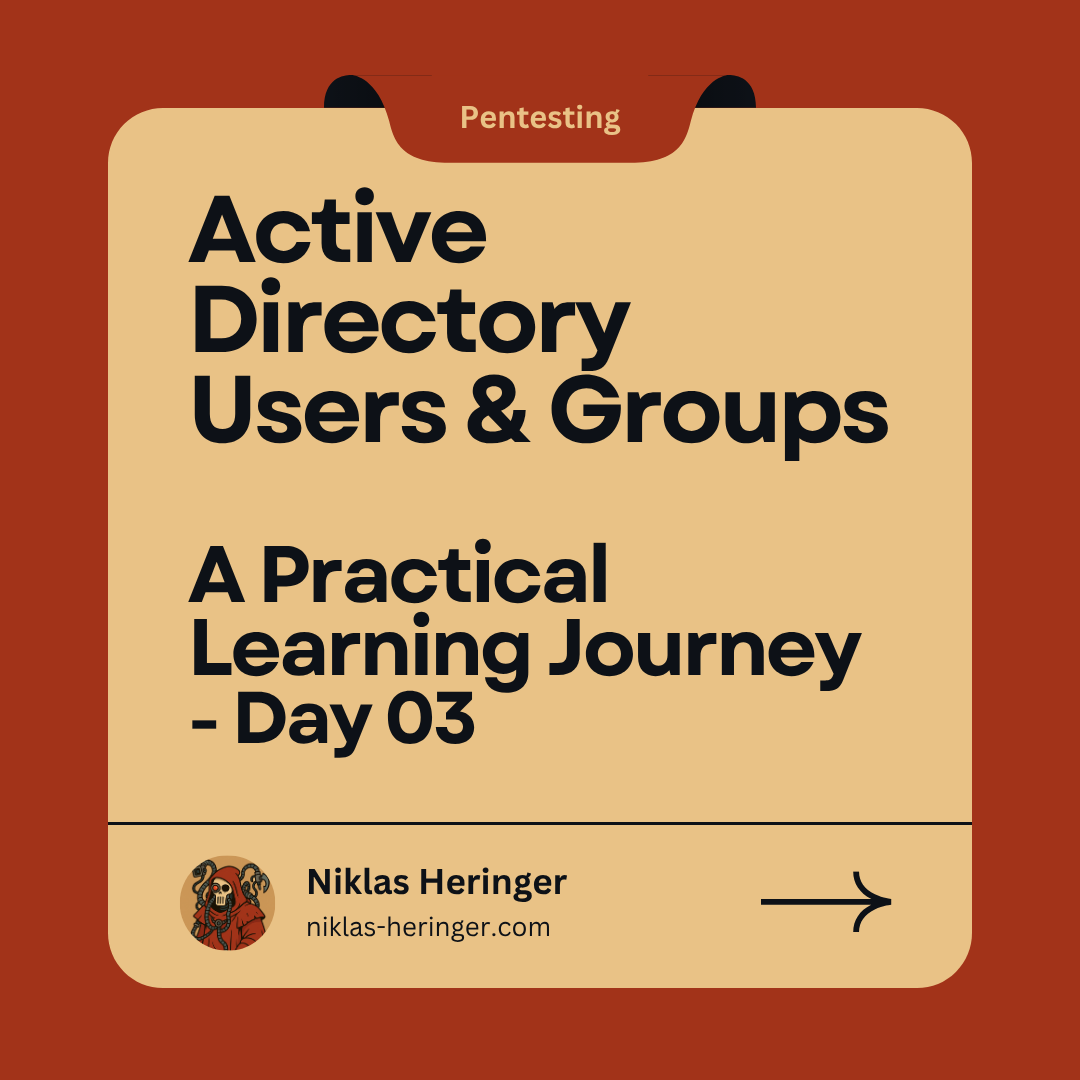
Welcome back! Today it is "All About Users".. let's see if we come even further along into some more advanced concepts. Maybe we can even progress so far that next time, we can come to the HTB Active Directory Lab. At latest in Part 5.
Active Directory Accounts Demystified - Part 1: Users, Machines & Security Principals
Active Directory (AD) environments revolve around accounts, whether users, services, or machines.
Every action in AD happens in the context of an account, and attackers are laser-focused on abusing misconfigurations here.
User Accounts: Your Digital Identity Badge
Purpose
User accounts grant interactive login access or background access (like for services). They authenticate users or processes and control access via group membership and assigned rights.
Think of a user account like an employee's ID card and key badge - it identifies who they are, what rooms they can access and which machines they can use.
Anatomy of a User Account
| Property | Description |
|---|---|
| Security Principal | Yes - Can be assigned permissions and authenticated |
| SID | Unique identifier used for access control and security |
| Token | Created at login; contains the SID and group memberships |
| Group Membership | Defines access to files, systems, and privileges |
| UserPrincipalName | Primary login name (usually like an email): alice@corp.local |
| sAMAccountName | Legacy login name (pre-Win2000): alice |
| ObjectSID | The actual SID string (e.g., S-1-5-...) that identifies the account |
| sIDHistory | Stores previous SIDs (e.g., after domain migration); used in attacks if unchecked |
| ObjectGUID | 🔐 Globally unique identifier for the object. Never changes, even after renaming or movement. Remains the same if restored from deletion. Ideal for tracking users across migrations or restores. |
For any terminology questions, you can look up here
sIDHistory is a high-value attribute during recon; attackers love it when SID filtering is off, as it allows impersonation across domains.SID vs GUID: The Misunderstood Twins
| Property | SID | ObjectGUID |
|---|---|---|
| Purpose | Access control & auth | Unique object tracking |
| Changes? | Yes (if re-created) | No (stays constant) |
| Use case | Permissions | Replication, forensic tracking |
SID is your name tag; GUID is your fingerprint.
Types of User Accounts
| Type | Example | Relevance |
|---|---|---|
| Standard User | alice@corp.local | Daily login account |
| Admin User | alice.admin@corp.local | Higher privileges (often second account) |
| Service Account | sqlsvc, backupsvc | Used by services/apps (watch for over-privilege) |
| Deactivated Users | Former employees, contractors | Often still have privileges (!), recon target |
Tip: Watch for service accounts running with Domain Admin or similar privileges - a common and risky misconfig. WhyObjectGUIDmatters:
Even if a user is deleted and re-created with the same name, theObjectGUIDwill be different, which helps admins (and attackers) distinguish between original and replaced accounts. It’s also essential during AD replication and disaster recovery.
Shared & Guest Accounts – Risks to Watch For
While domain environments aim for individual accounts, shared accounts and enabled guest accounts still appear in real-world environments.
| Risk Type | Why It’s Dangerous |
|---|---|
| Shared Accounts | No individual accountability, makes lateral movement harder to trace |
| Guest Accounts | Often poorly configured, can allow unauthenticated login |
| Hardcoded Credentials | Often tied to apps/scripts; if shared, a compromise spreads fast |
On an assessment, always check ifGuestis enabled or if multiple machines share the samesvc_userlogin - a prime indicator of low maturity.
Local Accounts vs. Domain Accounts
Local Accounts
Exist only on a specific machine (not tied to the domain).
Examples: Administrator, Guest, SYSTEM, LocalService, NetworkService
Auth only works on that host - it is managed locally (no domain policy applies)
Notable Local Accounts
| Account | SID Ending | Rights / Use |
|---|---|---|
| Administrator | -500 (full SID: S-1-5-domain-500) | Full local control, disable/rename recommended |
| Guest | -501 | Rarely used, often disabled, big risk |
| SYSTEM | (none) | 💥 Highest local privs, used by OS services |
| LocalService | (none) | Minimal privileges, network = anonymous |
| NetworkService | (none) | Moderate local, presents creds on network |
Gaining SYSTEM == full local compromise → lateral movement → AD recon.Built-In Groups That Can Bite You
AD ships with default groups that often hold privileges attackers love, and admins often assign to users without understanding their full power.
| Group Name | Abuse Potential / Privileges |
|---|---|
| Administrators | Full control over the system |
| Backup Operators | Can bypass file permissions, read any file (e.g., ntds.dit) |
| Print Operators | Can load drivers — historically used for DLL injection |
| Server Operators | Can log on locally to DCs, manage services; serious risk if misused |
Always audit who is a member of these groups, and whether machine accounts are present in them (a misconfig seen in real-world pentests).
BloodHound Goldmine Groups
Backup Operators→ Can readntds.ditdirectly (!)Print Operators→ Can load unsigned driversServer Operators→ Can log into DCs (!)
Always check Get-ADGroupMember "<Group>"; even if empty, it’s worth knowing.Domain User Accounts
- Created in AD
- Can log in across any domain-joined host
- Governed by Group Policies
- Controlled centrally via ADUC / PowerShell
PS C:\> Get-ADUser -Identity <ACCOUNT_NAME>
Always checkEnabled,GroupMembership,LastLogonDate,SID, and whether it's a stale account still holding privileges.
SYSTEM != Local Only
When you're SYSTEM on a domain-joined host, you're often able to:
- Query AD with
ldapsearch, PowerView (see below), or SharpHound (see below) - Access
NetSession,NetUser, and WMI info - Pull creds from memory (e.g., with Mimikatz or LSASS dump)
- Start AD enumeration without any stolen user credentials
SYSTEM access is frequently underestimated, but it can give you read access to most of the domain’s public data, which is gold for attackers.SYSTEM Recon: Real-World Use
Once SYSTEM access is obtained (via RCE, LPE, misconfigured service, etc.) on a domain-joined host, the door opens for deep Active Directory enumeration, even without a single stolen credential.
# From SYSTEM shell
whoami # Returns "NT AUTHORITY\SYSTEM"
nltest /domain_trusts # Enumerate trust relationships
net group "Domain Admins" /domain
Tools you can (and should) run as SYSTEM:
- SharpHound → Full AD recon via bloodline data
- PowerView → Flexible LDAP queries
dsquery,nltest,net user /domain→ Built-in native tooling
Here’s a handy list of built-in tools and PowerShell one-liners that work even from low-priv SYSTEM or user shells:
| Tool / Cmdlet | Purpose |
|---|---|
whoami /groups |
Show group memberships |
net group /domain |
List all domain groups |
net user /domain |
List users, check lockout, etc. |
dsquery group -samid |
See group members |
Get-ADGroupMember -Identity "<Group>" |
PowerShell-based view |
Combine with PowerView to go deeper, or use these from SYSTEM shells for fast visibility.SYSTEM = Machine Account = Domain User
Think of SYSTEM as:
You’ve hijacked the company car, you’re driving around with a machine’s identity, getting access wherever that host could go. No user creds needed.
Remember: a domain-joined computer (i.e., COMPUTER01$) is itself an AD account. When you're SYSTEM, you're using that computer account's identity to talk to the domain.
| SYSTEM Access (On Host) | Equivalent to... |
|---|---|
SYSTEM on WEBSERVER01 | WEBSERVER01$ AD account |
| AD Group Membership | Often just "Domain Computers" |
| Access Scope | Most read-level AD enumeration |
This level is ideal for recon, but usually not privileged enough for major changes, yet it's a fantastic launchpad for identifying:
- Open shares
- BloodHound paths
- Kerberoastable accounts
- Misconfigured ACLs
Many initial footholds in red teaming start with SYSTEM, not a stolen user credential.
Where Are Users Stored?
Organizational Units (OUs) group users for:
- Structure
- GPO (Group Policy) application
- Delegation
Common OUs:
EmployeesAdminsService AccountsFormer Employees← Check for disabled-but-still-privileged accounts
Common Misconfigurations
| Issue | Why It's Risky |
|---|---|
| Users in wrong groups | Privilege escalation via misgrouping |
| Service accounts with DA rights | Full domain compromise possible via Kerberoasting |
| Shared user accounts | No auditability, easy for lateral movement |
| Old/deactivated accounts not cleaned | Still have SID access, attack surface remains |
| Weak naming conventions | Easy to fingerprint (e.g. svc_sql, bob-admin) |
Token Bloat, Group Nesting & Access Confusion
In large domains, users may be in dozens of nested groups; directly or indirectly. This leads to "token bloat", where a user's access token becomes massive.
| Concept | Explanation |
|---|---|
| Token Bloat | Too many group memberships → issues with logon, GPO application, auditing |
| Nested Groups | Users inherit privileges from groups inside groups → great for BloodHound |
| Access Confusion | Admins lose track of who really has access to what |
BloodHound is your best tool here, use it to resolve "Who can actually do X?" based on group nesting.
Machine Accounts, Domain Join & Workgroup Differences
What is a Machine Account?
Just like users, machines (computers) get their own account in Active Directory. These accounts:
- Represent the machine's identity in the domain
- Enable secure communication and authentication
- Apply group policies
- Track changes, logins, and ownership
A machine account is like a registered company vehicle – it gets its own plate, logbook, and access rights based on trust.
Machine Account Characteristics
| Property | Explanation |
|---|---|
| Name | Typically HOSTNAME$, e.g., WS01$ |
| Password | Yes — Automatically managed & changed every 30 days (by default) |
| Stored in AD | Usually under the CN=Computers container or custom OU |
| Security Principal | Yes, has a SID and can be authenticated |
| Used For | Auth to domain controllers, group policy application, log tracking, and more |
Domain Join Process: What Happens?
When a machine joins a domain:
- A machine account is created in AD (
COMPUTER01$) - A shared secret (password) is set between the machine and the domain controller
- The machine gets:
- Group Policy Objects (GPOs)
- Central authentication ability (Kerberos, NTLM)
- AD DNS resolution
- It can now be managed by IT via AD tools (updates, scripts, compliance, etc.)
A domain join is not just “joining a group” – it’s a full trust relationship established through secure credentials and policy sync.
Domain-Joined vs. Workgroup (Non-Domain) Hosts
| Property | Domain-Joined Host | Workgroup Host |
|---|---|---|
| Account Type | Has a machine account in AD (WS01$) | Local accounts only |
| Central Management | Yes, via AD and Group Policy | No, fully manual |
| User Logins | Any authorized domain user | Only local users defined on that host |
| Policy Enforcement | GPOs apply automatically | No group policy – local config only |
| Use Case | Enterprises, org-wide standardization | Home, small biz, test labs, DMZ hosts |
| Security Surface | Tightly monitored, often logged | More isolated, but potentially outdated |
Machine Accounts in Attacks
While they’re not interactive users, machine accounts can still be leveraged:
| Attack Use Case | What It Means |
|---|---|
| Lateral Movement | Misconfigured services or trust paths may use COMPUTER01$ |
| Kerberoasting | If a service is tied to a machine account with SPNs |
| Pass-the-Hash (PtH) | Hash of the machine account may be reused for auth |
| Recon via SYSTEM access | You act as the machine account, great for enumeration |
| Misused Permissions | If COMPUTER01$ is added to privileged groups (!?) |
Some environments accidentally grant machine accounts excessive rights (like write access to OUs or GPOs) – always look for ACL misconfigurations!
Key Defense Tips for Machine Accounts
- Regularly review computer object ACLs
- Avoid giving write/modify access to non-admin machine accounts
- Monitor for machines in sensitive AD groups
- Use LAPS (Local Admin Password Solution) to manage local admin creds
- Harden RDP, WMI, and service-to-service auth to prevent PtH abuse
Spotting a Domain Join in PowerShell
# Check domain membership
(Get-WmiObject Win32_ComputerSystem).PartOfDomain
# Show machine domain
(Get-WmiObject Win32_ComputerSystem).Domain
If this returns True and shows a domain name like corp.inlanefreight.local, you're dealing with a domain-joined box.
Active Directory Groups - The What, Why & How
Groups in AD – Why Bother?
Think of groups like buckets of access rights. Instead of assigning 50 people access to the printer room one by one, you drop them into a group called PrinterPeople, and grant that group the rights.
- Simple to manage
- Easier to audit
- Reversible without tears
But beware: these “buckets” can become overflowing cauldrons of unintended privilege if no one’s watching.
Groups vs. Organizational Units (OUs)
| Concept | What It’s For | Can Assign Permissions? |
|---|---|---|
| Group | Access control, user/resource bundling | Yes |
| OU | Logical grouping, GPO targets | Nope (not directly) |
If you don't remember the analogy in part 1 to illustrate such concepts, i recommend to check it out.
Group Types
When creating a group in AD, you pick one of two types:
| Type | Purpose | Can Assign Permissions? |
|---|---|---|
| Security | Used to assign permissions (e.g., access to files, shares) | Yes |
| Distribution | Used for email (e.g., marketing@company.local) | No |
You’ll care way more about security groups when doing pentests or recon.
Group Scopes – Where Do They Work?
| Scope | Can Contain... | Can Be Used In... | Replication Scope |
|---|---|---|---|
| Domain Local | Anything (users, groups) from anywhere | Only within the local domain | Local domain only |
| Global | Only users/groups from same domain | Across any domain in the forest | Domain-wide |
| Universal | Users/groups from any domain | Across the entire forest | Replicates to all GCs |
Universal groups are like VIP passes, but every change triggers a domain-wide update. Use them wisely!
Scope Change Rules (because of course there are rules)
| From → To | Allowed? | Notes |
|---|---|---|
| Global → Universal | Yes, if not nested in another global | |
| Domain Local → Universal | Yes, if it doesn’t contain other domain locals | |
| Universal → Domain Local | Yes | No restrictions |
| Universal → Global | Yes, if it doesn't contain other universals |
If a group contains stuff that doesn’t "fit" in the new scope, conversion fails.
Built-in vs. Custom Groups
| Type | Example Group | Scope | Purpose / Note |
|---|---|---|---|
| Built-in | Administrators | DomainLocal | Full control on domain systems |
Print Operators | DomainLocal | Can manage printers, and maybe inject DLLs? | |
Backup Operators | DomainLocal | Can bypass file perms; love ntds.dit? | |
| Custom | NYC-Marketing | Global | Created for departments, projects, etc. |
Always check who is in the built-in groups and what rights they actually have!
"Groups are Access Abstractions"
- Want access to something? Join a group.
- Want to give access? Add a group to the ACL.
- Want minimal headaches? Nest cleanly, scope smartly, and audit regularly.
You’re now primed on how groups work structurally. Next up: how attackers (or savvy admins) use nested groups, BloodHound, and subtle privilege chains to climb the access ladder without being loud.
Active Directory Groups – Nesting, Recon & Privilege Escalation Without the Noise
What the Heck Is Nested Membership?
A group inside a group… inside a group. Like Matryoshka dolls.. or access inception.
If DCORNER is inHelp Desk, and that’s inHelpdesk Level 1, which is inTier 1 Admins… → DCORNER now has Tier 1 Admin rights.
You don’t need to be in the admin group… if your group is.
Why Attackers LOVE Nested Groups
- Grants unintended privileges (quietly)
- Hard to see without tools
- Ideal for privilege escalation in large or old environments
“I’m not admin... but I can add myself to the group that is.” – Hopefully we, later in the lab.
BloodHound: Your Best Recon Tool
BloodHound untangles this spiderweb.
Use built-in queries like:
- Shortest Paths to Domain Admins
- Effective Access over Objects
- Group Membership Escalation Paths
Use it to:
- Spot GenericWrite on sensitive groups
- Find nested paths to high-value access
- Detect stealthy escalation paths admins forgot about
BloodHound doesn’t just tell you “who’s in what group” — it tells you “who can become what by abuse.”
Example: GenericWrite Escalation
User: DCORNER
Group Chain: Help Desk → Helpdesk Level 1 → Tier 1 Admins
Tier 1 Admins has GenericWrite on “NY Workstations” group
→ DCORNER can now edit group membership or linked GPO
Boom. From low-priv helpdesk to full host access. The domain never saw it coming.
“One nested group away from some nice privileges.” – Also you, soon
AD Group Cheat Sheet
| Attribute | What It Means |
|---|---|
cn | Group name |
member | Who’s in the group |
memberOf | Which groups this group is in (nesting!) |
objectSid | Group’s unique SID |
groupType | Encodes type (Security/Dist) & scope |
Gotchas to Remember
- Users can gain access through nesting, even if not directly listed
- Universal groups cause forest-wide replication
- Scope changes have rules (some block conversions)
“No access” at first glance? Dig deeper. That intern might be 2 steps from controlling GPOs.
Group Investigator Starter Pack
A few commands to get your recon rolling:
whoami /groups # See current shell's token
Get-ADGroupMember "Tier 1 Admins" # List members
Get-ADUser -Identity USER -Prop MemberOf
Want the deep view? Grab BloodHound and SharpHound for full domain visibility.
AD Groups TL;DR
- Groups grant access. Nested groups grant hidden access.
- BloodHound exposes real effective privileges.
- Admins forget. You won’t. Trace those chains!
I think that's it for this time. Hope you had a good read, i'm sick with the flu so this post will come a few days late.
No spam, no sharing to third party. Only you and me.

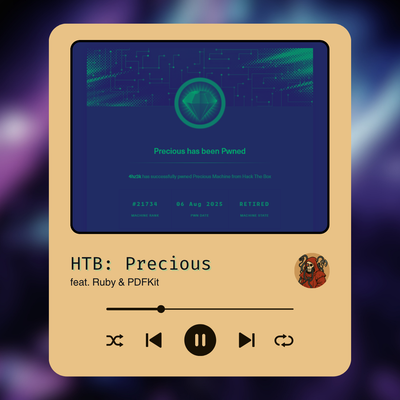
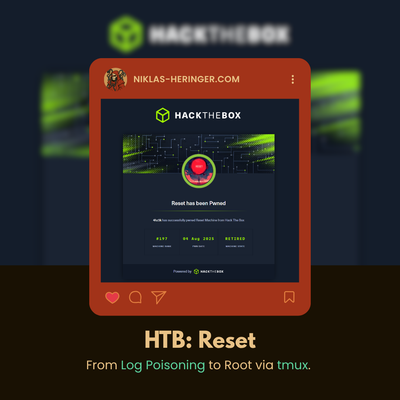

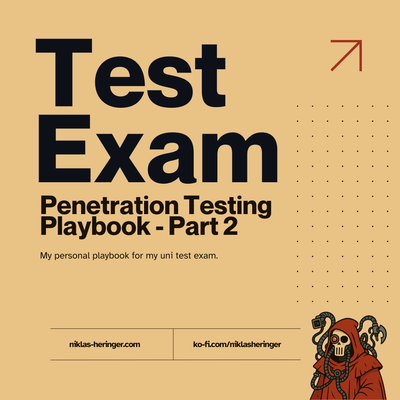

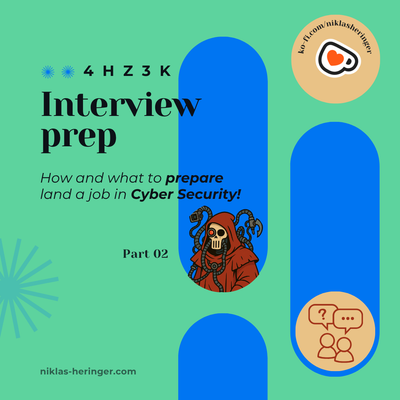
Member discussion